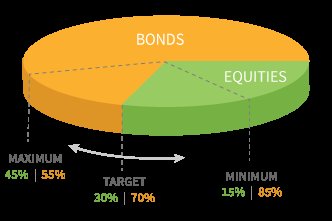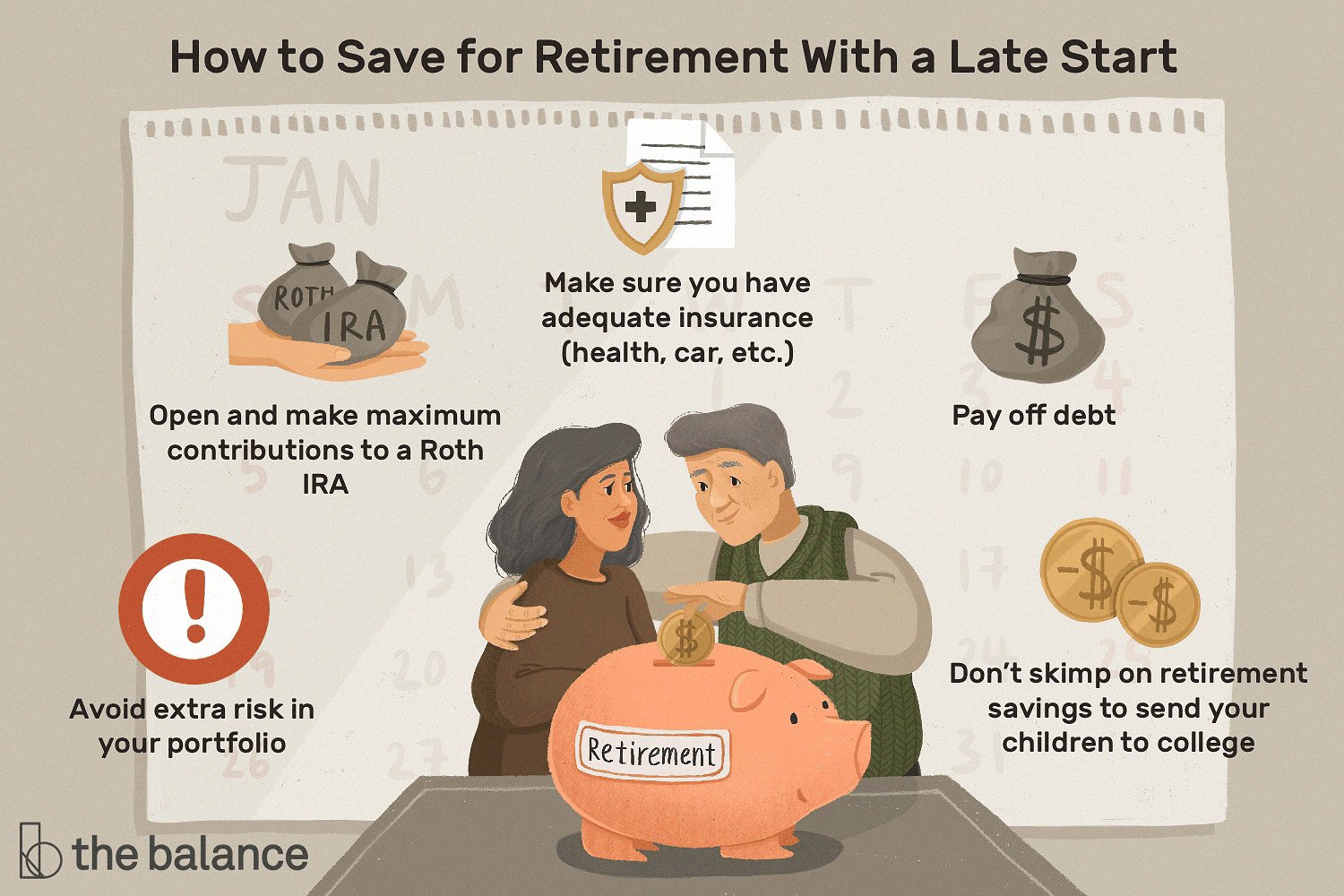Looking to maximize your impact while minimizing your tax burden? Look no further! In this blog article, we will delve into tax-efficient strategies for charitable giving that can help you make a difference in causes close to your heart. By incorporating these strategies into your giving approach, you can maximize the benefit to both the charitable organizations you support and your own financial situation. So let’s dive in and explore the world of tax-efficient strategies for charitable giving, and how you can make a difference while also optimizing your tax situation.
Tax-Efficient Strategies for Charitable Giving
Introduction
Charitable giving is not only a noble act that helps those in need, but it can also offer potential tax benefits for the donors. In this article, we will explore various tax-efficient strategies for charitable giving, helping you make a positive impact on society while maximizing your tax advantages.
1. Donor-Advised Funds (DAFs)
Donor-Advised Funds (DAFs) have become increasingly popular in recent years as a tax-efficient charitable giving strategy. Here’s how it works:
- You contribute to a DAF, which is a charitable giving account held by a sponsoring organization.
- You receive an immediate tax deduction for your contribution to the DAF.
- You can then recommend grants from the DAF to your favorite charities over time.
- The DAF manages all administrative tasks, such as record-keeping and tax receipts.
By utilizing a DAF, you can maximize your tax deductions in years when you have a higher taxable income and distribute charitable donations over time.
2. Qualified Charitable Distributions (QCDs)
If you are age 70 ½ or older and have an Individual Retirement Account (IRA), you might consider using Qualified Charitable Distributions (QCDs) as a tax-efficient strategy for charitable giving. Here’s how it works:
- You can directly transfer up to $100,000 from your IRA to a qualified charity.
- This distribution counts towards your Required Minimum Distribution (RMD) but is not included in your taxable income.
- You do not receive a charitable deduction for the QCD, but it is tax-free.
By utilizing QCDs, you can support charities you care about while reducing your taxable income, potentially even lowering your tax bracket.
3. Appreciated Securities
Donating appreciated securities, such as stocks or mutual funds, is another tax-efficient strategy for charitable giving. Here’s why it can be beneficial:
- If you have securities that have appreciated in value, you can donate them to a qualified charity.
- You receive a tax deduction for the fair market value of the securities at the time of the donation.
- You do not have to pay capital gains tax on the appreciation of the securities.
By donating appreciated securities instead of selling them and then donating the proceeds, you can potentially save on capital gains taxes while supporting charitable causes.
4. Charitable Remainder Trusts (CRTs)
Charitable Remainder Trusts (CRTs) are a more complex but powerful tax-efficient strategy for charitable giving, particularly for high-net-worth individuals. Here’s how they work:
- You transfer assets, such as cash, securities, or real estate, into a trust.
- The trust pays you or your designated beneficiaries an income stream for a specified period or for life.
- At the end of the trust term, the remaining assets are distributed to the charity of your choice.
- You receive an immediate charitable deduction for the remainder interest that is expected to go to the charity.
CRTs not only provide income during your lifetime but also offer significant tax benefits, including upfront deductions and potential estate tax savings.
5. Charitable Lead Trusts (CLTs)
Charitable Lead Trusts (CLTs) are another sophisticated tax-efficient strategy for charitable giving, especially for individuals seeking estate planning benefits. Here’s how they work:
- You transfer assets into a trust, which pays a charitable organization an annual amount for a specified period.
- At the end of the trust term, the remaining assets are transferred back to you or your designated beneficiaries.
- You receive a charitable deduction for the present value of the payments made to the charity.
CLTs allow you to support charitable causes during your lifetime while potentially reducing estate taxes for your heirs.
6. Donating Retirement Assets
Donating retirement assets, such as traditional IRAs or employer-sponsored retirement plans, can be a tax-efficient way to support charitable organizations. Here’s why it can be advantageous:
- Retirement assets left to non-charitable beneficiaries upon your death may be subject to income taxes.
- By designating a charity as a beneficiary of your retirement account, you can avoid income taxes on those assets.
- Your estate may also receive an estate tax charitable deduction for the value of the donated retirement assets.
Donating retirement assets not only benefits charitable causes but can also help minimize the tax burden on your heirs.
7. Qualified Conservation Contributions
If you have a passion for land conservation, making qualified conservation contributions can offer tax advantages. Here’s how it works:
- You donate a qualified real property interest, such as land or an easement, to a qualified conservation organization.
- You can receive a charitable deduction for the value of the donated interest.
- A conservation easement, for example, restricts certain development rights on the property to preserve its conservation value.
Qualified conservation contributions can provide significant tax savings while protecting land and promoting environmental stewardship.
As you can see, there are several tax-efficient strategies for charitable giving that can help you make a positive impact on society while maximizing your tax benefits. From utilizing Donor-Advised Funds and Qualified Charitable Distributions to donating appreciated securities and establishing Charitable Trusts, there are options available for individuals at different stages of their financial journey.
By consulting with a qualified tax professional or financial advisor, you can tailor these strategies to your specific circumstances and philanthropic goals. Remember, while tax benefits are important, the primary focus of charitable giving should always be on making a difference in the lives of those in need.
Tax-Efficient Charitable Giving Strategies
Frequently Asked Questions
Frequently Asked Questions (FAQs)
What are tax-efficient strategies for charitable giving?
Tax-efficient strategies for charitable giving involve utilizing various methods to maximize the impact of your donations while also minimizing your tax liability. These strategies allow you to support charitable causes you care about while potentially gaining tax benefits.
Can I claim a tax deduction for charitable donations?
Yes, you can claim a tax deduction for charitable donations if you itemize your deductions on your tax return. It is important to keep records of your donations and obtain proper documentation from the charitable organization to support your deduction.
What is the benefit of donating appreciated assets instead of cash?
Donating appreciated assets, such as stocks or real estate, can provide significant tax advantages. By donating these assets instead of cash, you can potentially avoid paying capital gains tax on the appreciated value, while still receiving a charitable deduction for the fair market value of the donated assets.
Are there limits on the amount I can deduct for charitable contributions?
Yes, there are limits on the amount you can deduct for charitable contributions. Generally, the deduction for cash donations is limited to a certain percentage of your adjusted gross income (AGI). The limits vary depending on the type of organization you donate to and the nature of your donation.
What is a donor-advised fund, and how can it enhance tax efficiency?
A donor-advised fund (DAF) is a giving vehicle that allows you to make a charitable contribution to the fund and then recommend grants to various charities over time. By donating to a DAF, you can receive an immediate tax deduction for the contribution, potentially lowering your tax liability, while still having the flexibility to distribute the funds to charities at a later date.
Can I donate to international charities and still receive tax benefits?
Yes, you can donate to international charities and still receive tax benefits, but there may be additional requirements and limitations. It is important to ensure that the organization you are donating to qualifies for tax-exempt status under U.S. tax laws. Consulting with a tax advisor can help ensure you meet all necessary requirements.
What is a qualified charitable distribution (QCD)?
A qualified charitable distribution (QCD) is a direct transfer of funds from your individual retirement account (IRA) to a qualified charity. QCDs can satisfy your required minimum distributions (RMDs) while excluding the distribution amount from your taxable income. This can be a tax-efficient strategy for individuals who are subject to RMDs and want to support charitable causes.
Are there any tax benefits for volunteering my time to charitable organizations?
While you cannot directly deduct the value of your time spent volunteering for charitable organizations, some expenses related to volunteering may be deductible, such as travel expenses or costs incurred for purchasing supplies for a charitable event. It is important to keep detailed records and consult with a tax advisor to determine any eligible deductions.
Final Thoughts
Tax-efficient strategies for charitable giving can significantly impact your overall tax burden while allowing you to make a positive difference in the world. By utilizing different methods such as donor-advised funds, qualified charitable distributions from retirement accounts, and charitable remainder trusts, you can maximize your tax benefits and ensure your contributions have the greatest impact. Additionally, taking advantage of tax deductions, matching gift programs, and donating appreciated assets can further enhance the effectiveness of your charitable giving. Overall, by implementing these tax-efficient strategies for charitable giving, you can align your philanthropic goals with your financial objectives, creating a win-win situation.



